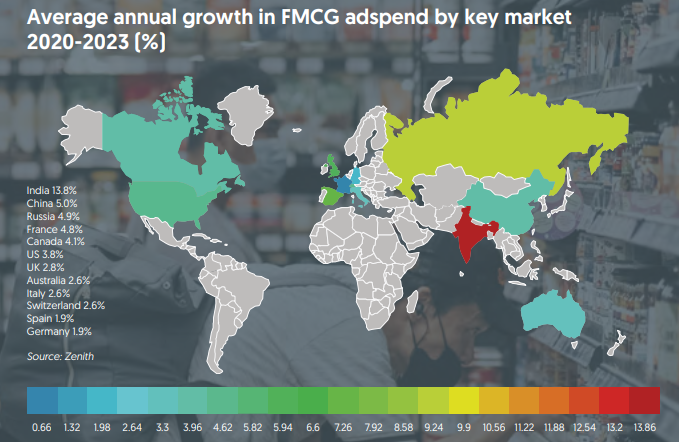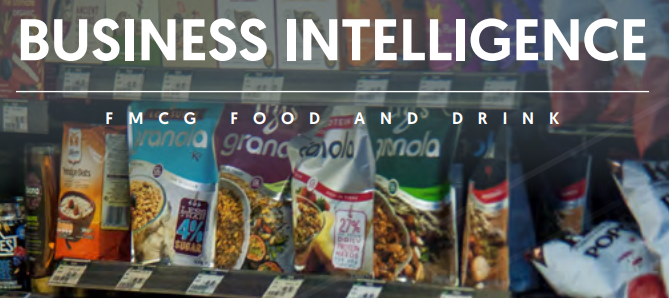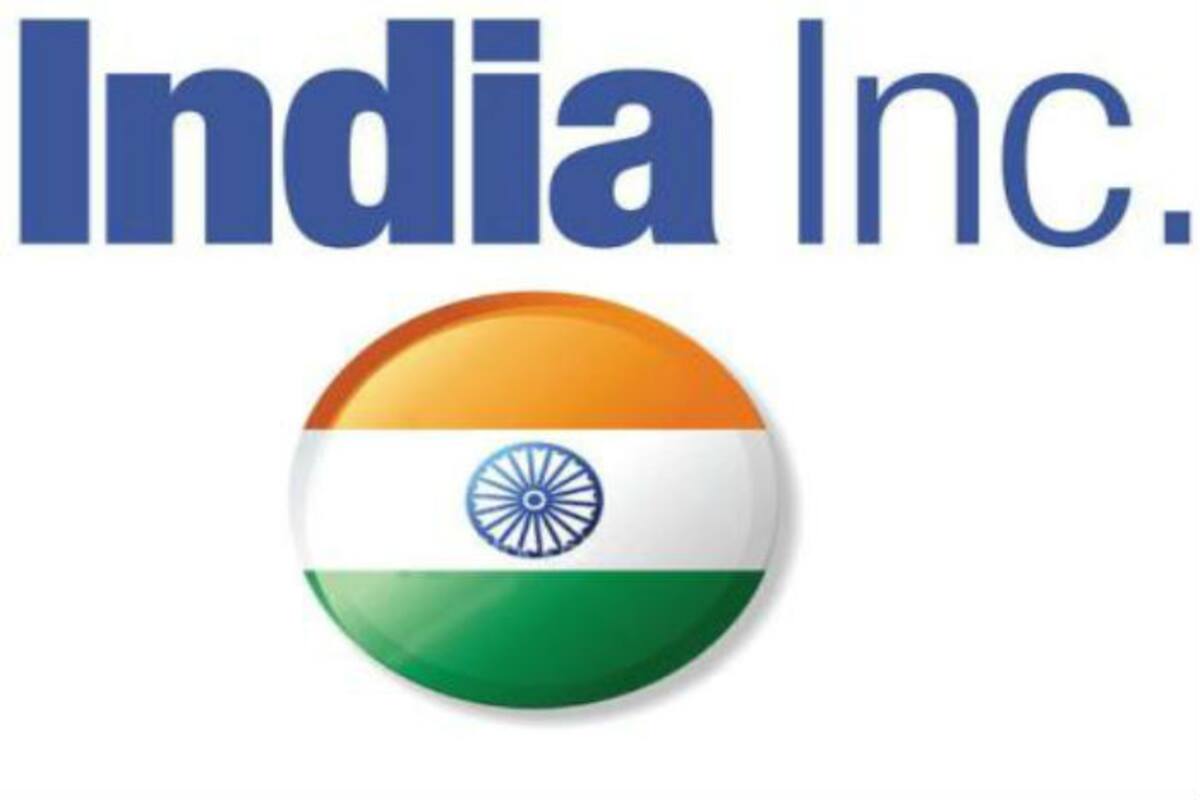Media agency Zenith has forecast that India will be the fastest-growing market by some distance over the next three years, with fast moving consumer goods (FMCG) food and drink brands ad spend rising 14% a year.
In its Business Intelligence – FMCG Food and Drink report, which tracked 12 global markets including the US and the UK, among others, Zenith said that all markets are predicted to grow steadily between 2% and 5% a year.
In India, FMCG ad spends will benefit from blossoming consumer demand as disposable incomes rise rapidly, coupled with the catch-up expansion of the underdeveloped ad market: advertising accounts for only 0.3% of India’s GDP, less than half of the global average of 0.7%.

FMCG brands still rely heavily on traditional TV, spending 39% of their budgets on television advertising in 2020, compared to 24% for the average brand, the insight showed.
Excluding China, where FMCG brands have already adopted digital advertising as their main form of commercial communication, FMCG brands spent 52% of their budgets in television, compared to an average of 26%.
Their principal goal is to maximise brand awareness and reach so they are front of mind at the point of purchase for as many consumers as possible. This is something that TV has historically excelled at, but its declining reach – particularly among the young – is making it less effective, the report noted.
FMCG brands are therefore following audiences to digital channels. Zenith forecasts that FMCG digital adspend will increase from $12.3 billion in 2020 to $14.9 billion in 2023, and that its market share will rise from 46% to 49%.
After the pandemic gave FMCG ecommerce its urgent stimulus in 2020, brands will look to support and expand their ecommerce capabilities, channelling consumers to DTC operations or retail partnerships.
But the big challenge will lie in using digital to replace television effectively – creating large-scale brand awareness while managing frequency. The rise of Subscription Video on Demand (SVOD), which locks away high-value audiences from direct advertising, will make this even harder, as will the end of third-party cookies.
“FMCG brands need a new comprehensive approach to reach-based planning,”Zenith Global Chief Strategy Officer Ben Lukawski said.
“That means combining TV, paid advertising in online video, virtual placement in SVOD platforms and perhaps even a presence in gaming, using first-party and second-party data to prevent duplication and optimise incremental reach,” he added.
Out-of-home is the exception to the declining reach of traditional media. As traffic returns to normal after the COVID-19 slump, the spread of digital displays will make it even more effective at reaching consumers with targeted and relevant ads near the point of sale. FMCG out-of-home advertising is forecast to grow by 9% a year from 2020 to 2023, while its market share rises from 6.1% to 7.0%, slightly ahead of its pre-pandemic share of 6.8% in 2019.
The 12 markets included in this reports were Australia, Canada, China, France, Germany, India, Italy, Russia, Spain, Switzerland, the UK and the US, which between them account for 73% of total global adspend. FMCG food and drink includes all packaged foods and soft drinks.





